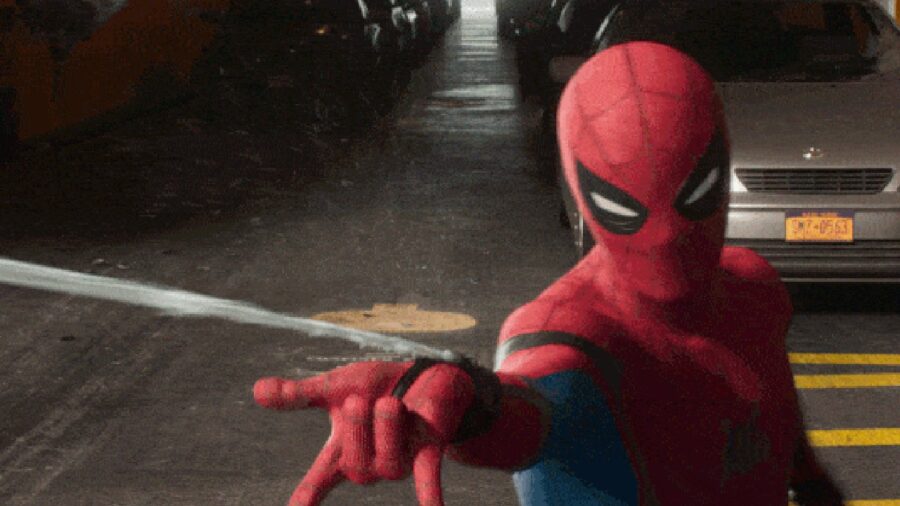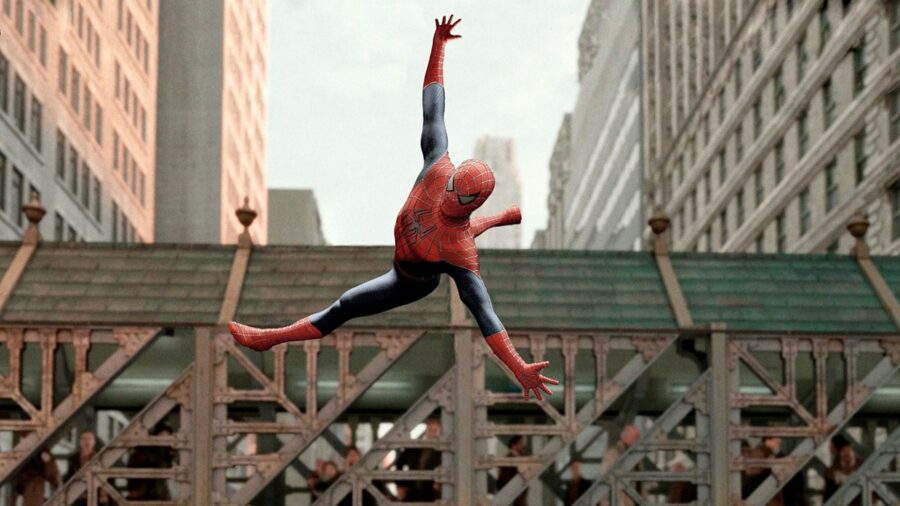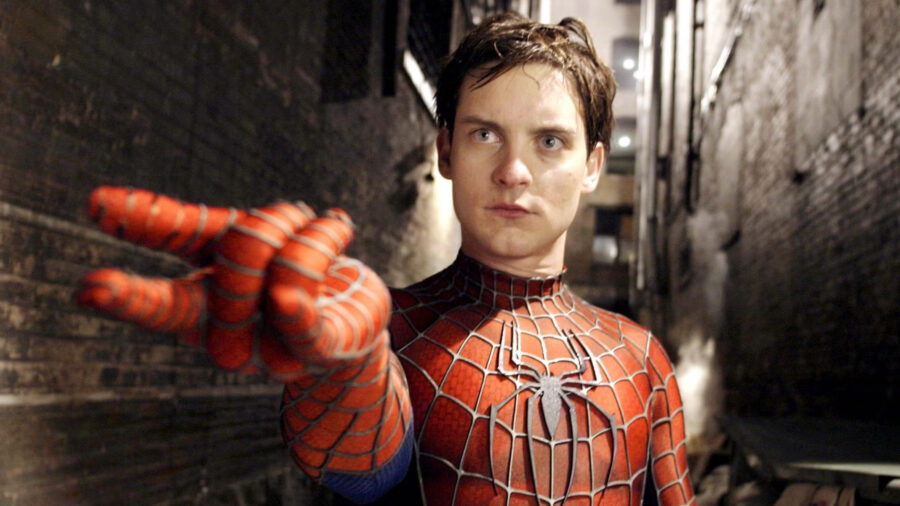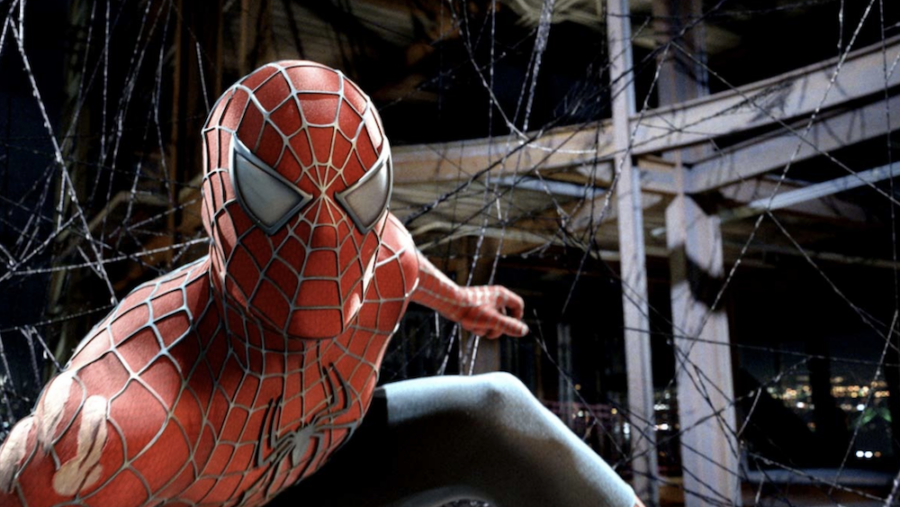Spider-Man Web Slingers Are Real Thanks To New Research

By now, just about everyone under the age of 100 has grown up enjoying Spider-Man in some capacity, from comic books and television outings to multiple film reboots. Over the years, the fictional character has become iconic for his ethos, impressive powers, and compelling storylines and rogues gallery. Now, according to a recently published study in Advanced Functional Materials, engineers may have cracked the code on Spider-Man’s classic web slingers and developed a real-life version of the powerful crime-fighting tool.
Scientists Refuse To Swing Off Tall Buildings…Yet

Per the journal, researchers have concocted some kind of specialized fibrous fluid, which is capable of shooting forward at quick speeds when expelled from a corresponding apparatus. While it isn’t quite as powerful as the real Spider-Man web-slinger device, this creation is said to give its users the ability to lift, pull, and throw objects from meters away. At the time of this writing, scientists don’t have enough faith in the fluid to swing from the precipice of the Empire State Building, though they expect that web-swinging opportunities may soon become a reality with more rigorous testing.
Closer To Spider-Man Than A Spider

The Spider-Man web-slinger fluid has apparently been crafted using a solution of silk fibroin, which is similar to the webbing produced by moths during their cocooning stage. While this may seem like a far cry from the web-weaving excretions of actual spiders, it actually resembles Peter Parker and Miles Morales‘ power sets much closer than anything a real spider is capable of pulling off. The silk fibroin has been synthesized in such a way that it solidifies in mid-air, thanks to a chemical reaction with the fiber and an acetone mixture that contains chitin sugars and borate ions.
Different Versions Have Different Web-Slingers

Depending on which iteration of Spider-Man you grew up on, you may have a different understanding of the friendly neighborhood webhead’s web-slinger fluid. For the Sam Raimi-directed films of the early 2000s, Tobey Maguire’s masked vigilante produces organic webbing material that shoots directly out of his wrists. Other iterations, such as Andrew Garfield‘s Amazing Spider-Man variant and Tom Holland’s MCU Avenger, utilize a more comic book-accurate technique that relies on synthetic fluids and wrist-attached applicators.
The Real-Life Webbing Technique

This webbing technique served as the basis of a hilarious exchange between the three Spider-Man performers during their first shared on-screen experience in the 2021 Marvel outing Spider-Man: No Way Home. Much like the Spider-Man web slingers shown on the big screen, the real-life fluid is capable of lifting and holding large weights, including objects over 80 times heavier than the compound fibers themselves. Researchers have even tested the fluid’s capability by zipping the silk web across the room to retrieve a scalpel from a petri dish full of sand, in a demonstration highly reminiscent of the fictional hero’s fight against Sandman.
Living A Comic Fans Dream

While researchers likely have a long way to go before the Spider-Man web-slinger is an attainable reality, this creation showcases the incredible range of inspiration that can strike the scientific community. Still, don’t be too surprised if you see these wrist accouterments rolling out in droves in the next few years. After all, most Spider-Man villains are scorned scientists enraptured by their own inventions.
Source: Advanced Functional Materials













Login with Google